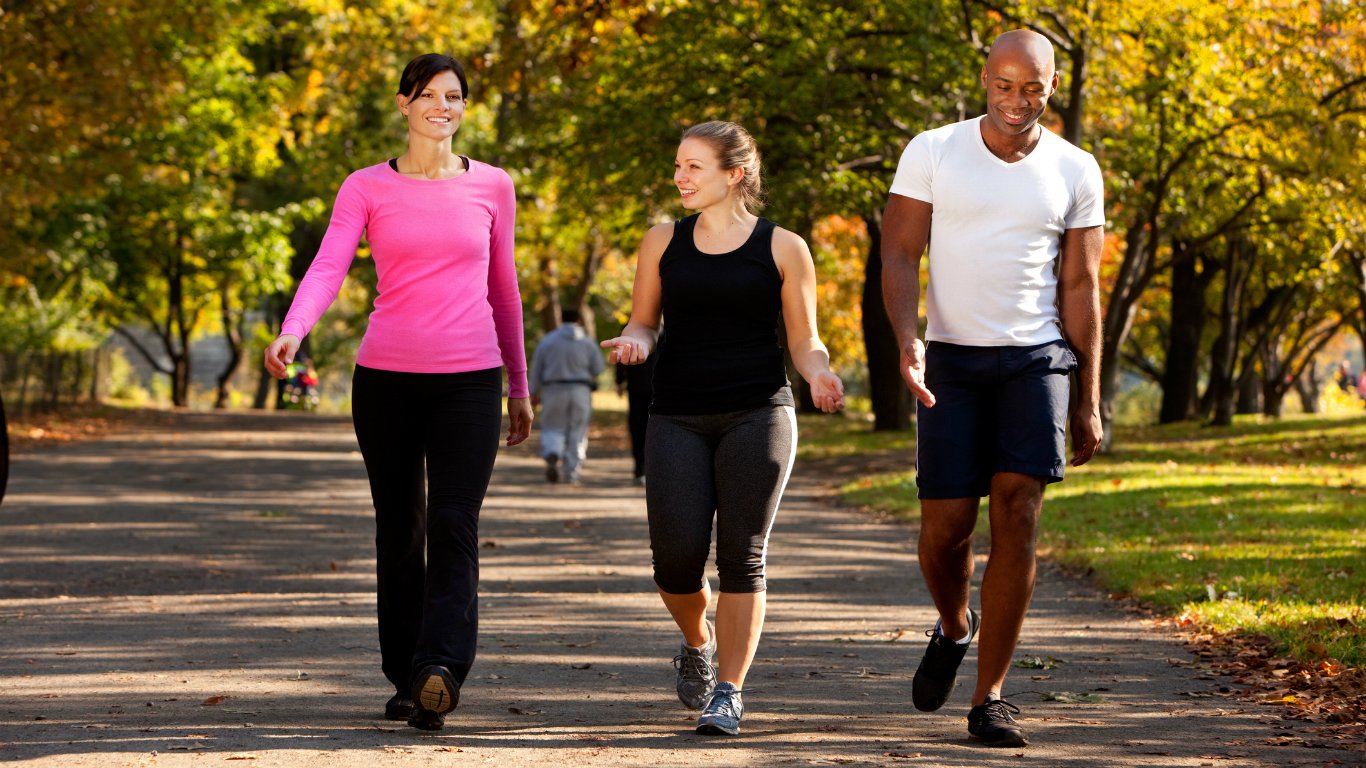

A new school year is upon us, and kids across the country are returning to class wearing their new clothes and flashing new technology. Another aspect of the new school year ritual is breaking in a new backpack. More than 79 million American students carry backpacks, an item not found among kids of several generations ago. Here is what school days used to look like decades ago.
The backpack is an essential part of the school experience, and 24/7 Tempo has compiled a list of what school backpacks looked like the year you were born. We used various reference and media sources to create our list.
In addition to chronicling the evolution of the backpack, we are also noting the health impact of wearing this item. If not worn correctly, backpacks can strain muscles and joints and may cause back pain in kids if they’re too heavy. In 2007, more than 23,000 backpack-related injuries were treated at hospital emergency rooms, physician offices, and clinics.
Click here to read about what school backpacks looked like the year you were born
Click here to read our methodology and detailed findings
It wasn’t until the late 1940s that school children began wearing backpacks. Materials available after World War II like nylon made backpacks for civilian use lighter and more functional. Until then, kids carried books and notebooks by fastening a strap of leather around them, toting canvas or leather bags, or bringing satchels to school.
Today’s backpacks are sleek, fashionable items made from various materials such as canvas and leather, and they are as much an accessory for students as clothes, handbags, or jewelry as they are useful. Backpacks address the needs of the modern student and have many storage compartments and have been outfitted to accommodate laptops and smartphones. Changes are taking place all the time, and Americans are taking to heart lessons that would help them navigate their lives better. Here are, for example, life lessons from the 1900s that are still relevant today.
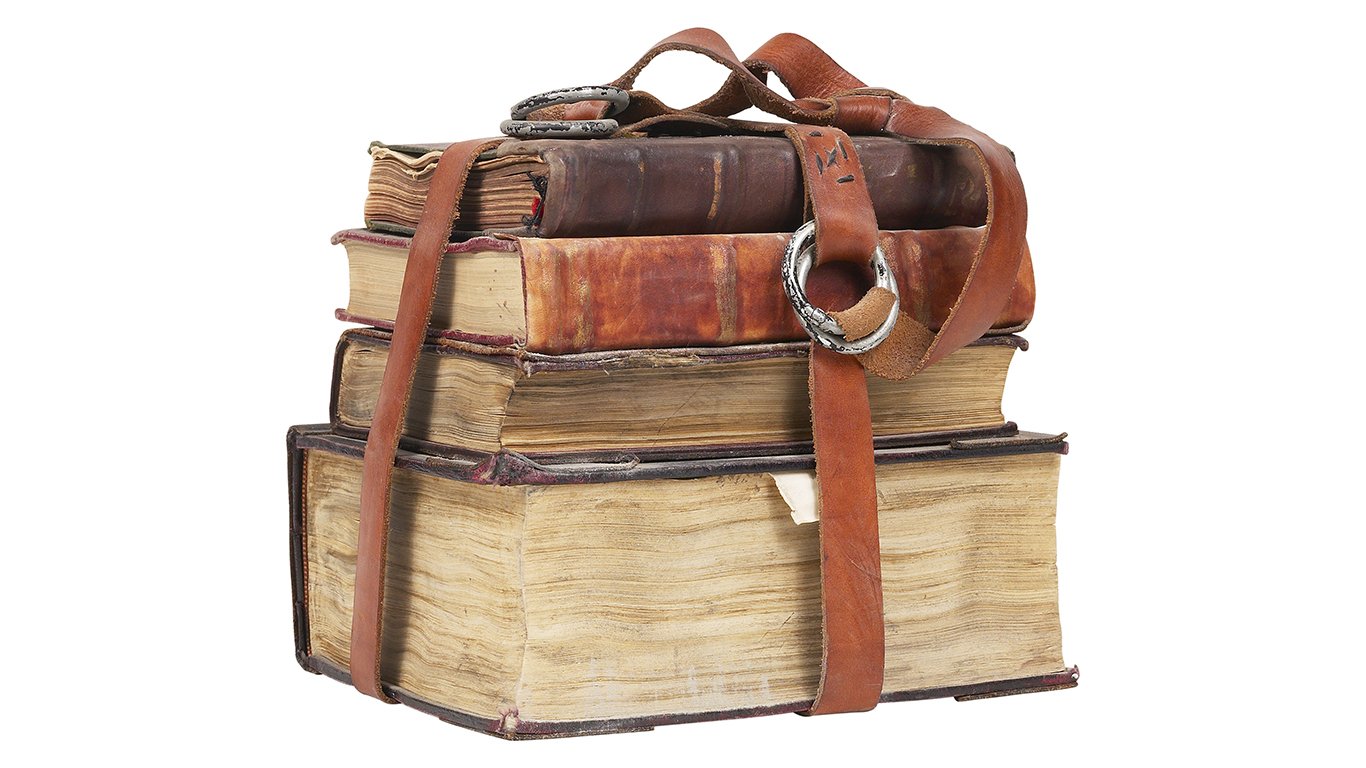
Bootstrap
From the early part of the 20th century to at least the 1930s, kids fastened their books and notebooks to a leather strap, perhaps adapted from a belt, and slung it over their shoulder.
[in-text-ad]
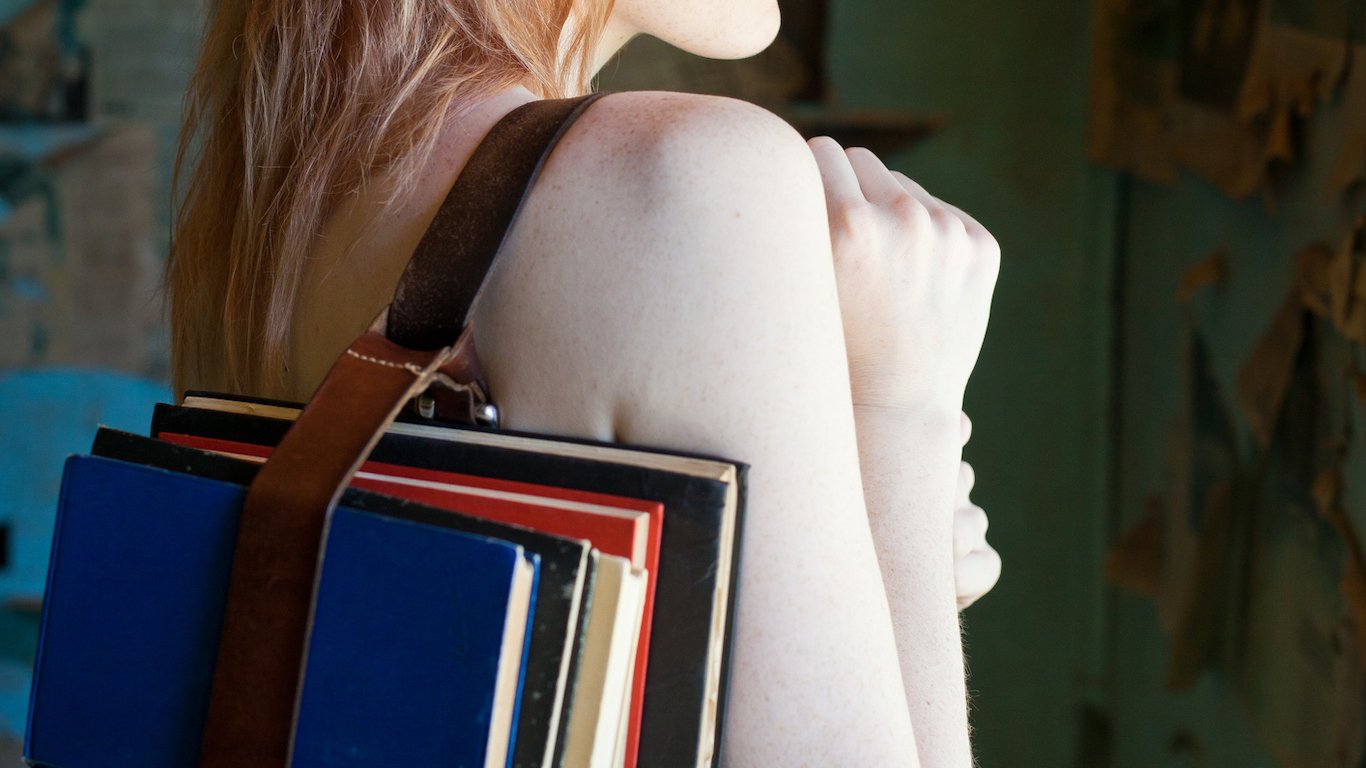
Bootstrap – cont’d
As any golf caddy can tell you, carrying objects with a leather strap on your shoulder for prolonged periods cuts into the shoulders and can affect circulation and nerves. These types of straps can lead to tingling, numbness, and weakness in the arms and hands.
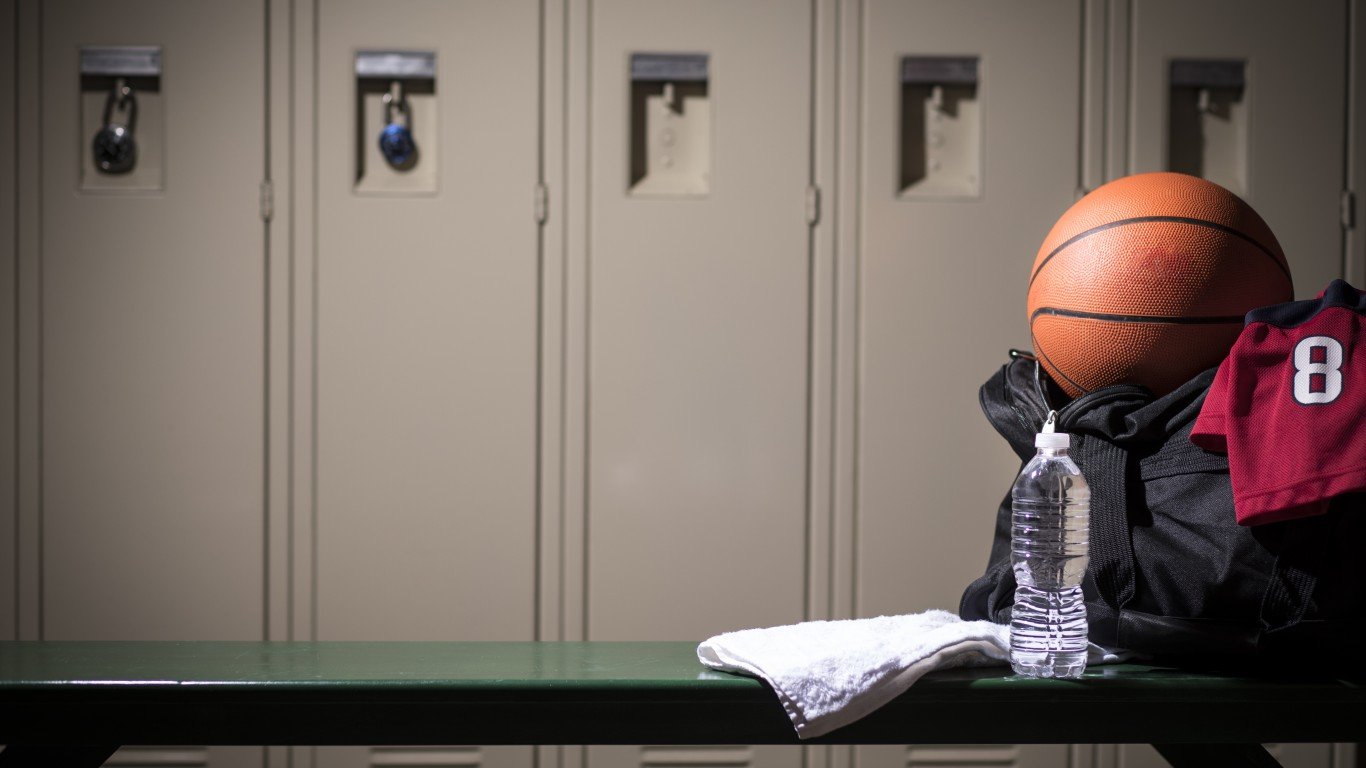
Duffel bags, gym bags
When students weren’t carrying their books in their arms, they put them in duffel bags, gym bags, squared leather bags, or satchels.
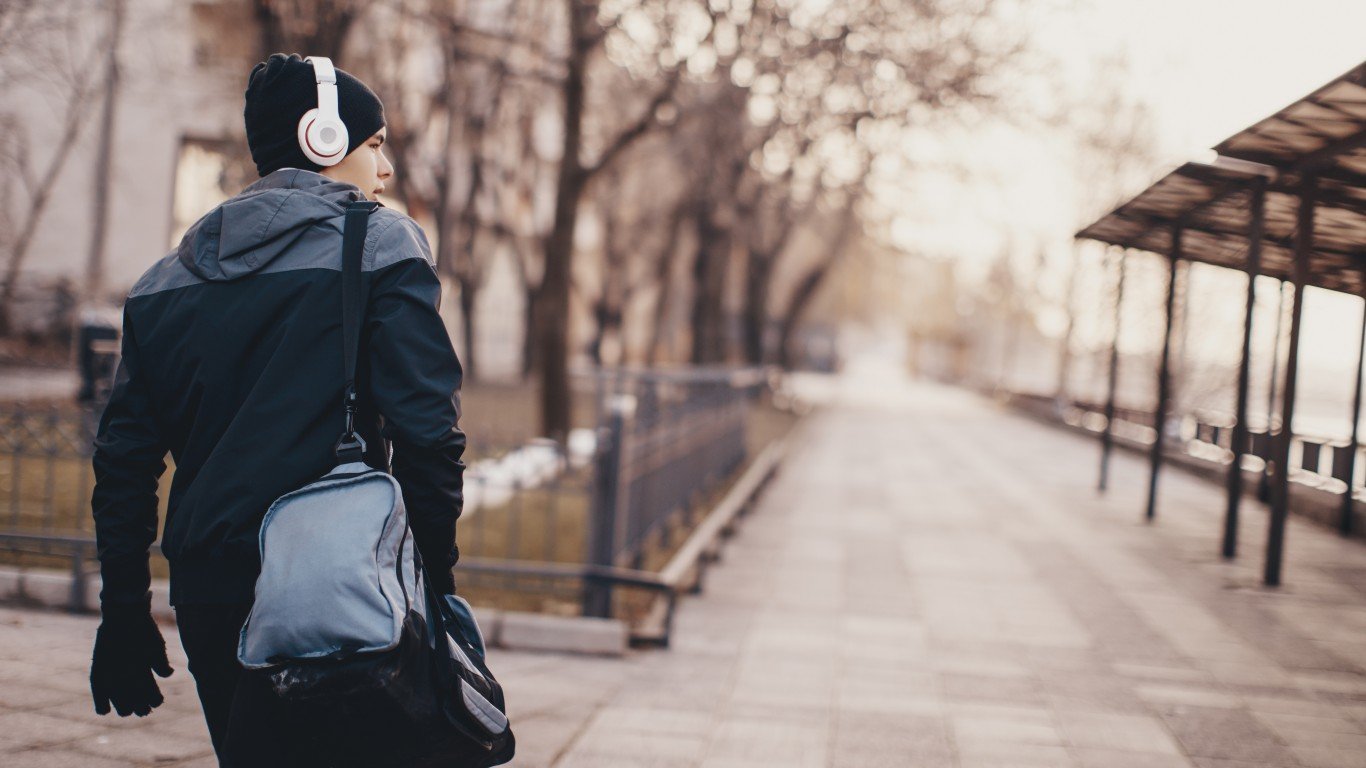
Duffel bags, gym bags – cont’d
Duffel bags and gym bags can carry many objects and some have shoulder straps, which can put stress on the shoulders and cause circulation problems.
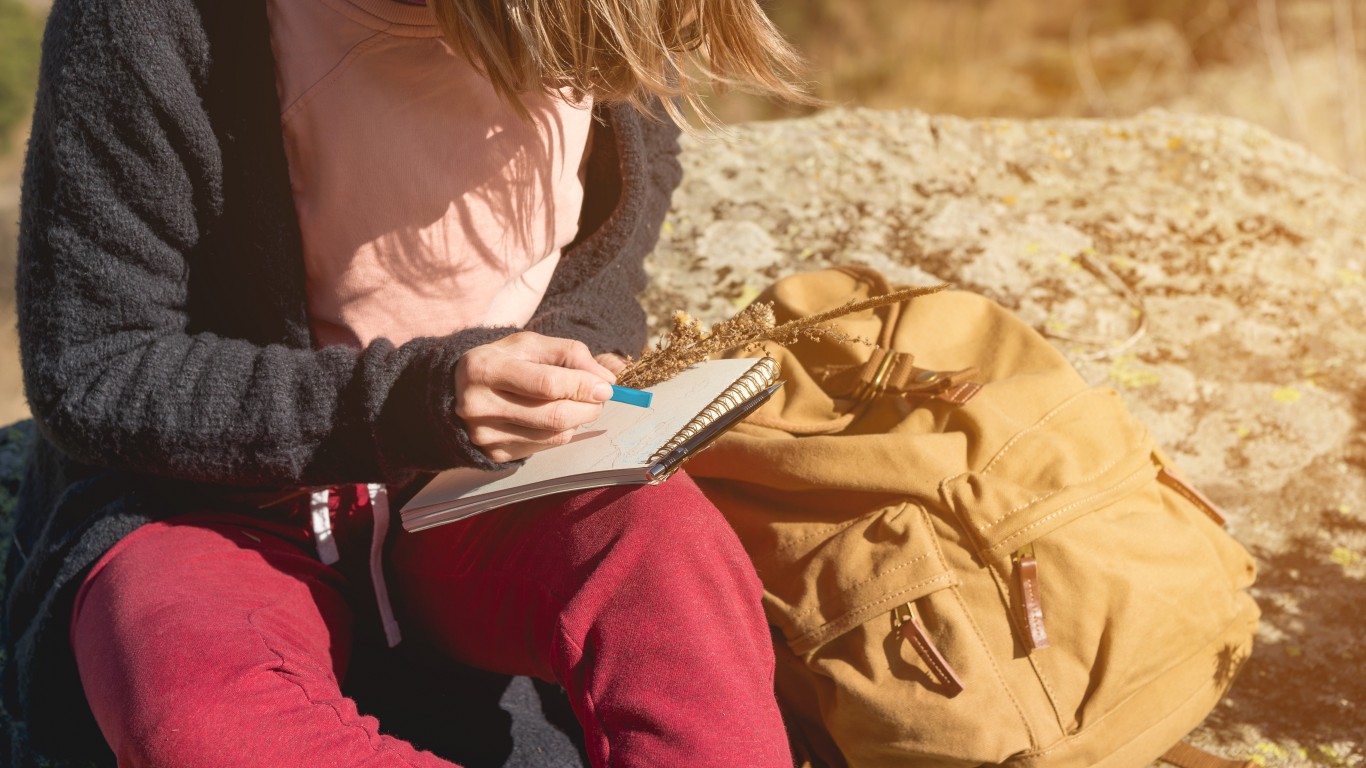
Zippered backpack
The first zippered backpack was created by Gerry Cunningham, founder of the Colorado-based outdoor apparel company Gerry Outdoors. This backpack, first made with canvas, is considered to be the model for the modern school backpack. Zippered compartments allowed for better access.
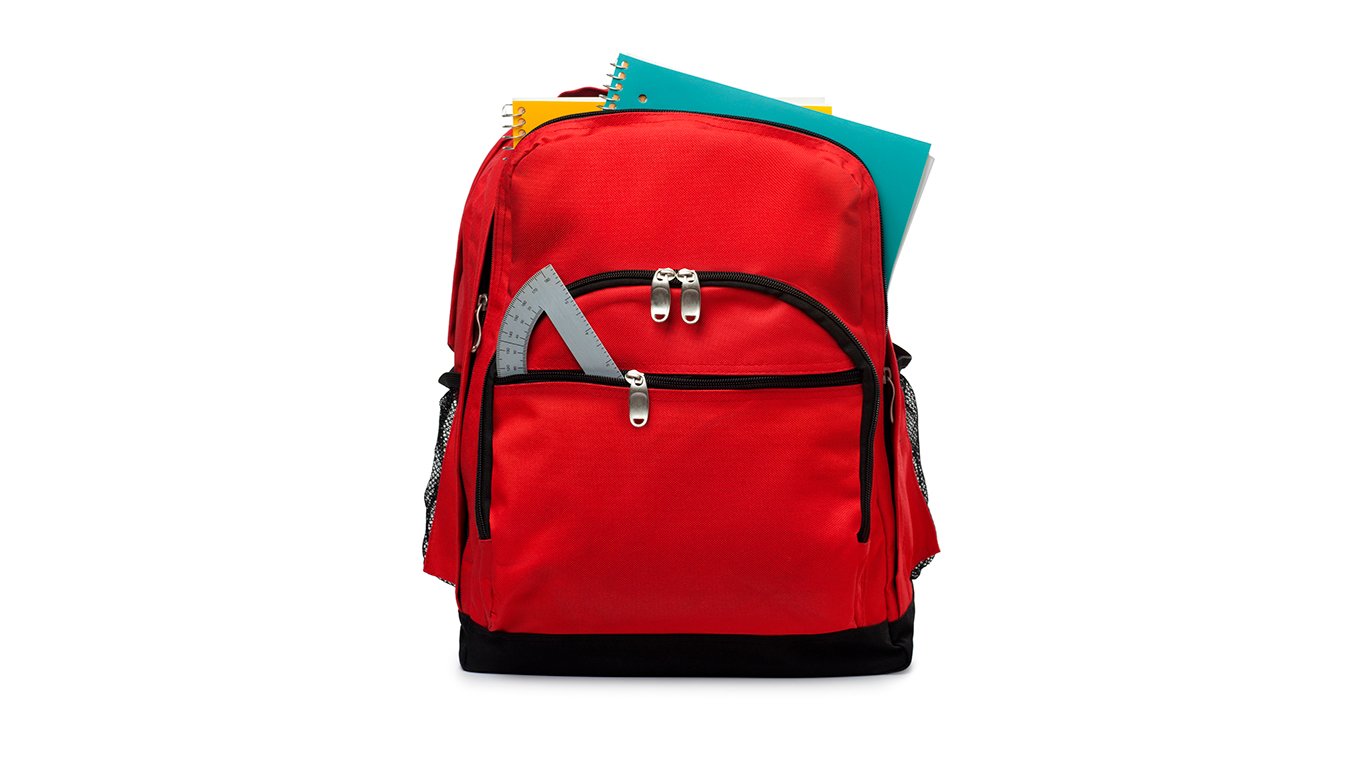
Zippered backpack – cont’d
Cunningham would later replace the canvas with nylon — used extensively during WWII for parachutes and tents — which is stronger and more durable. The downside to using nylon is that some people are allergic to nylon and can develop a rash called textile dermatitis.
[in-text-ad]
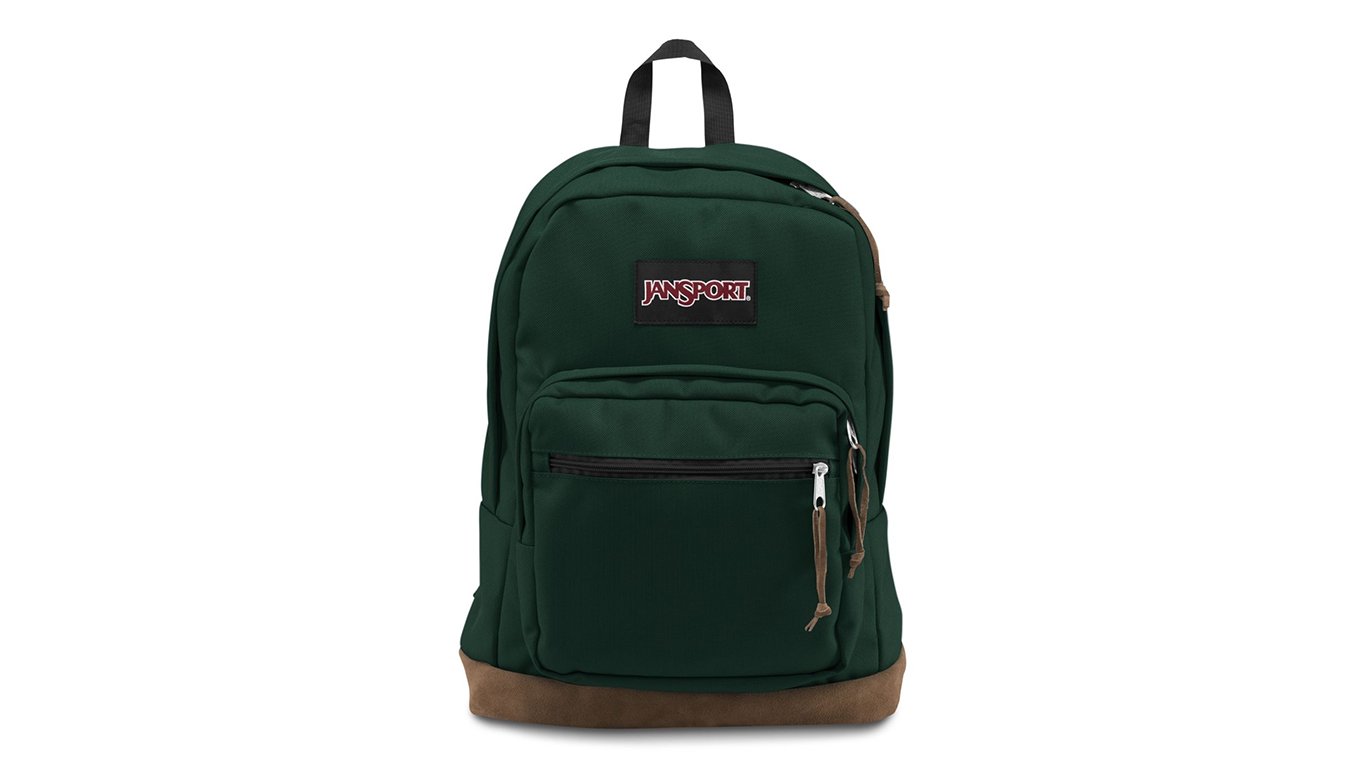
JanSport backpack
The backpack that popularized the item was made by the Seattle-based company JanSport in the late 1960s. It was intended for use by student hikers, but other students adapted it for carrying books and supplies.
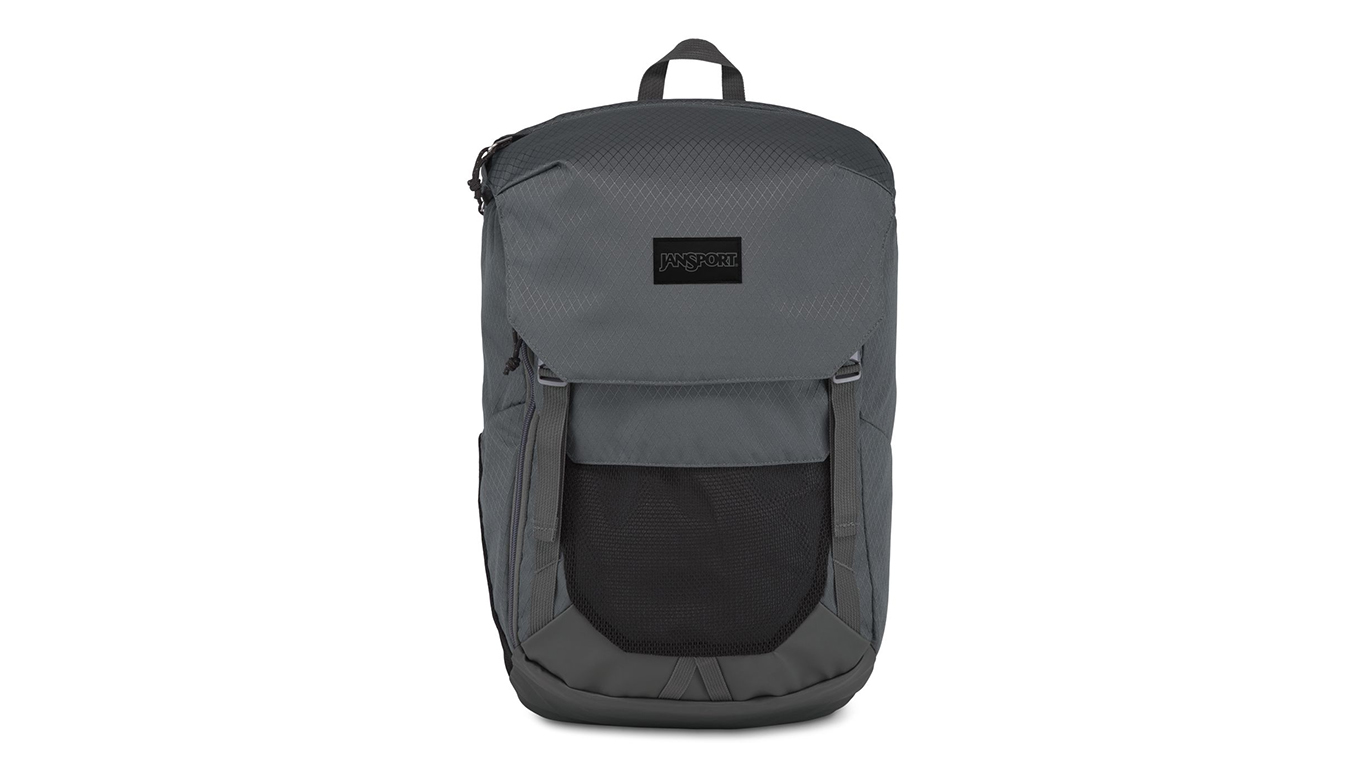
JanSport backpack – cont’d
The bag,however, wasn’t designed to heavy books, causing physical strain on students. Eventually, the company created a sturdier bag.
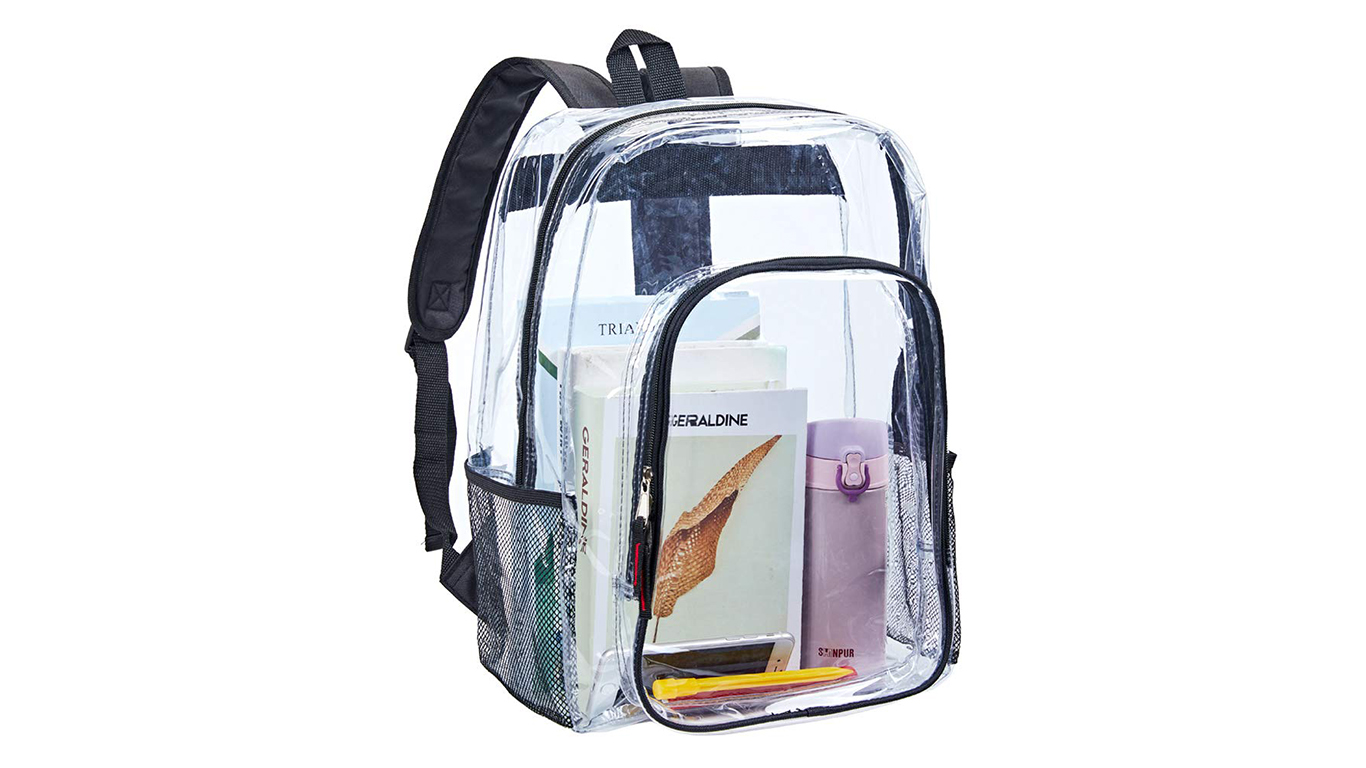
Transparent backpacks
Some school districts are requiring transparent backpacks because of security reasons. The first of these plastic backpacks were created in the 1960s.
[in-text-ad-2]
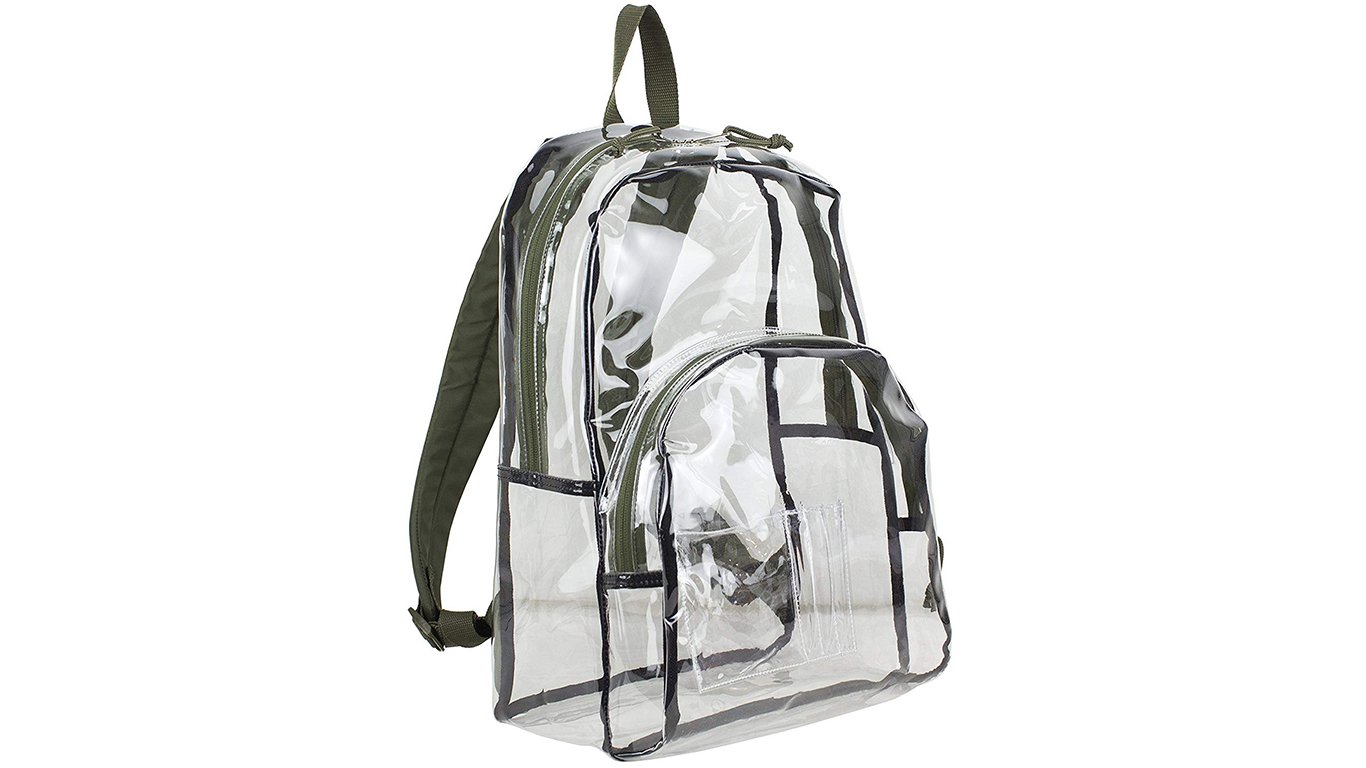
Transparent backpacks – cont’d
Many plastic backpacks, however, are made with PVC, a toxic plastic with dangerous chemical additives such as cadmium and phthalates.
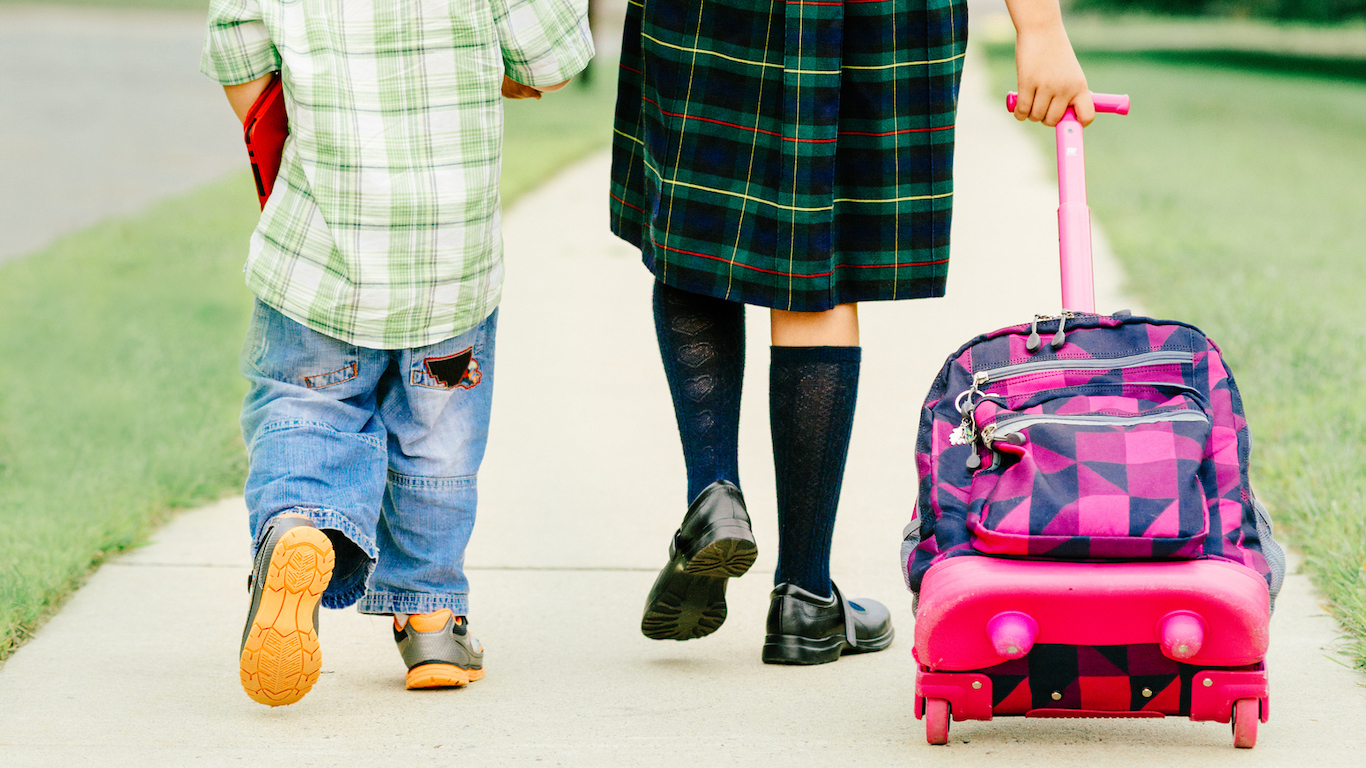
Backpacks mobility
Backpacks with wheels were first created in the late 1960s. They were well received by business and vacation travelers, and many students use them.
[in-text-ad]
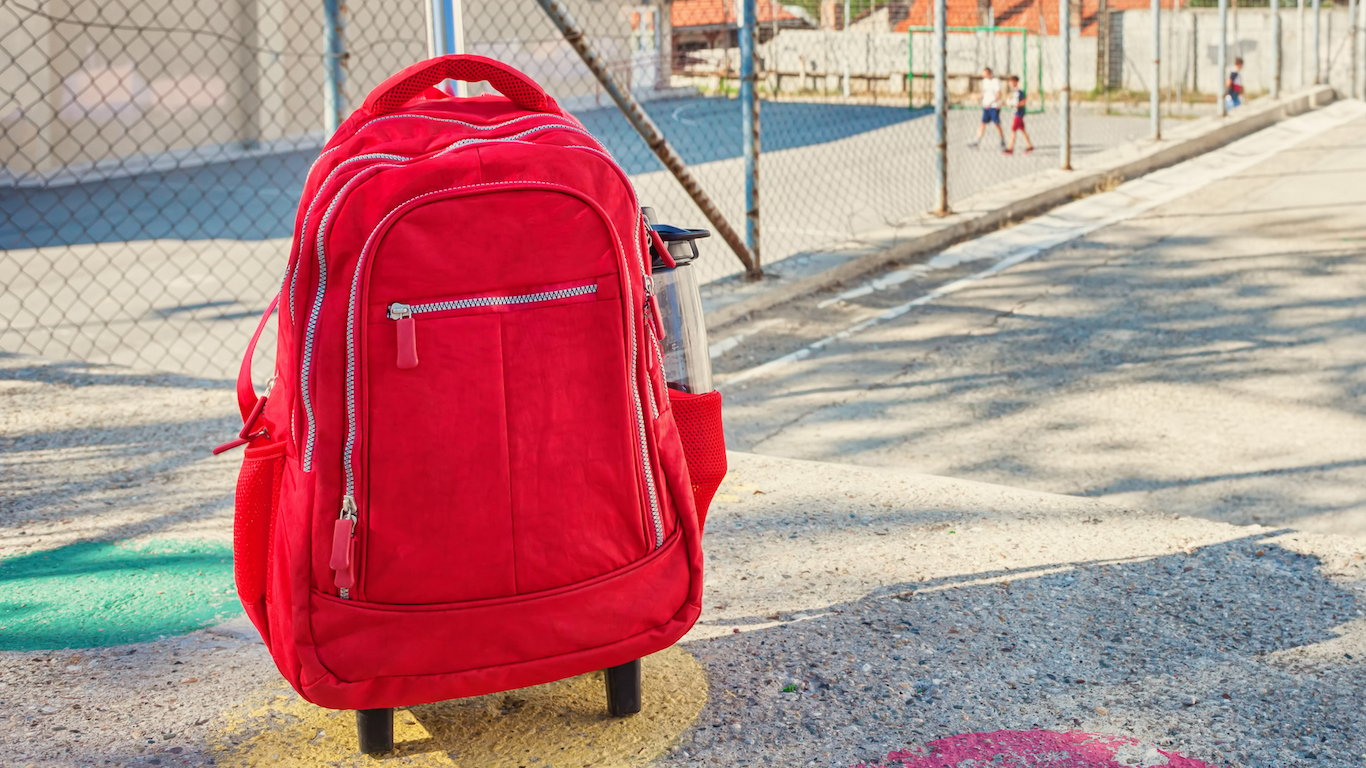
Backpacks mobility – cont’d
But some schools look askance at backpacks with wheels because people can trip over them.

Accommodating books
In California, a student helped advance the backpack evolution in the early 1970s. Gary Kirk was an outdoorsman who founded Caribou Mountaineering.
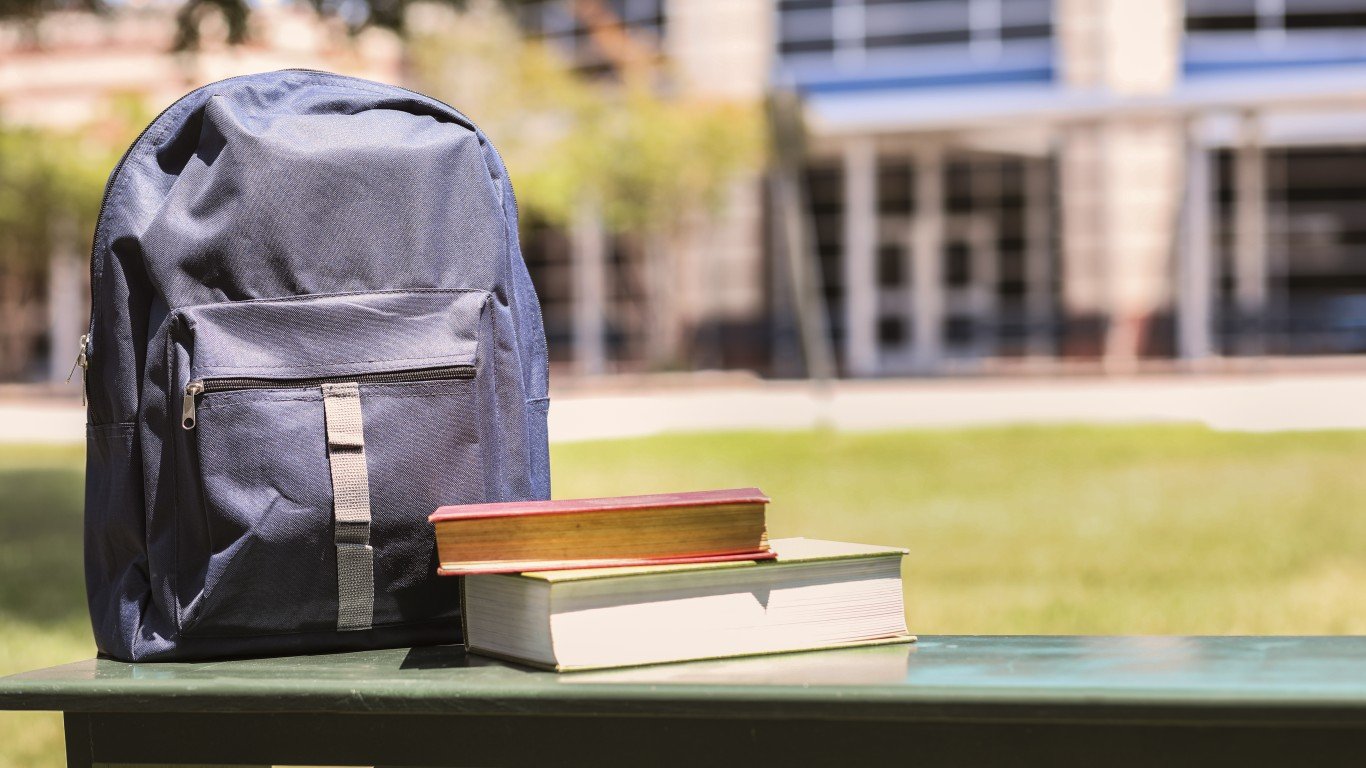
Accommodating books – cont’d
When he was a student at Chico State, he could not find a bag to hold his books, so he asked a seamstress, Marcia Briggs, to make one for him. They used textbooks to measure the square shape to fit books in the backpack, which they called the Cricket.
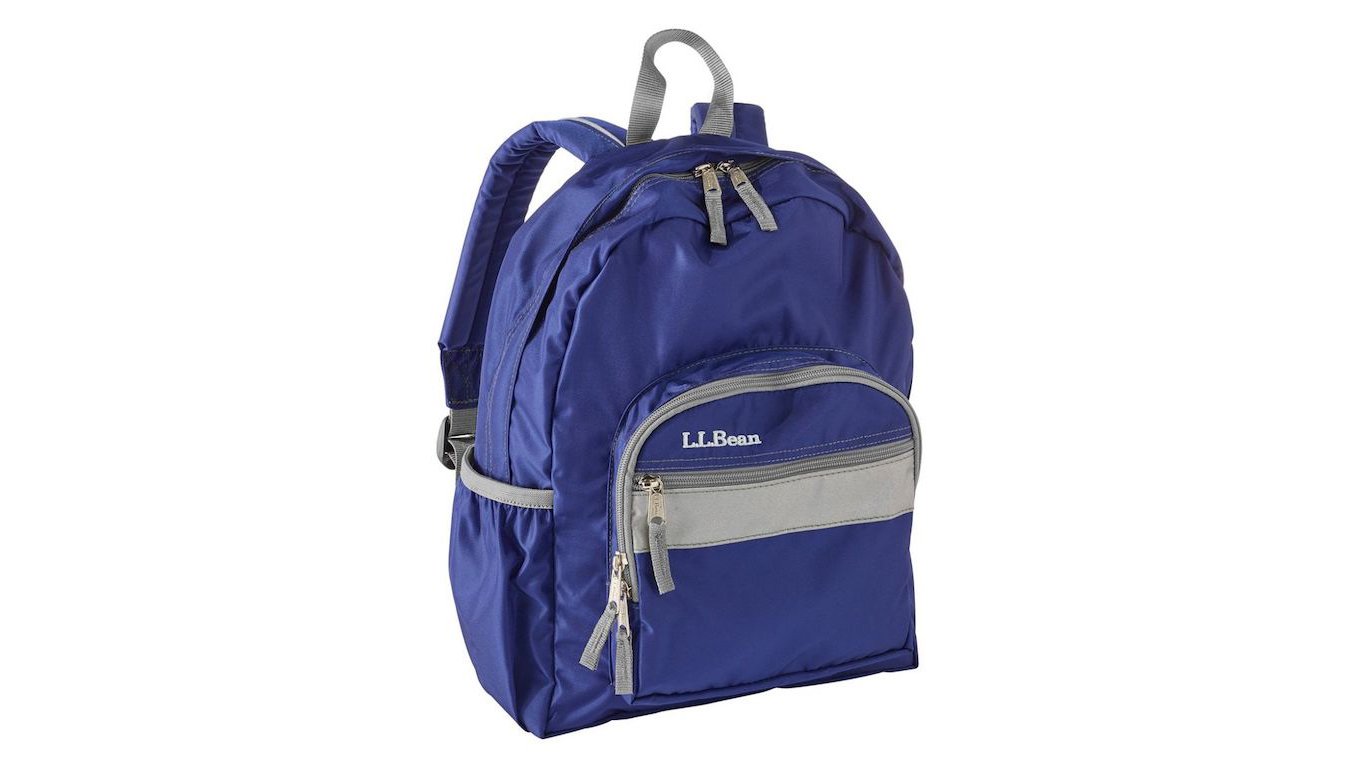
L.L. Bean Book Pack
Over on the East Coast, Maine-based outdoor apparel company L.L. Bean created what became known as the Book Pack, which eventually became the company’s biggest seller. The item was modified to create more room to accommodate text books. The backpack was made of water-resistant ballistic nylon, adjustable foam shoulder straps, and an organizer pocket for pens and pencils. The drawbacks to the backpack were broken zippers and inner seams that could unravel and get caught in the zipper.
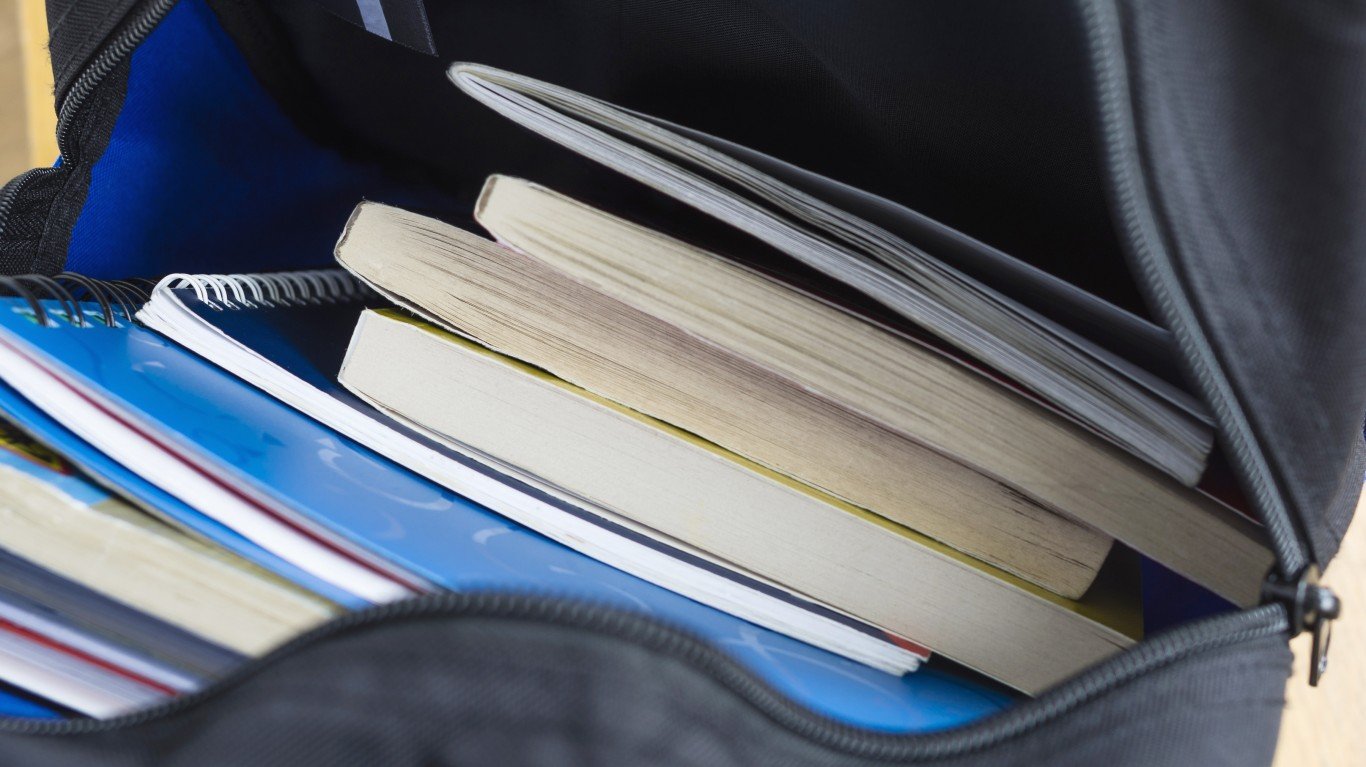
L.L. Bean Book Pack – cont’d
Because of concerns that students are overloading their backpacks, L.L. Bean and the American Occupational Therapy Association launched a joint safety campaign, mailing out information with backpacks. Groups such as the Maine Occupational Therapy Association hold awareness days to educate children, parents, and school officials about health impact overloaded backpacks have on students.
[in-text-ad]
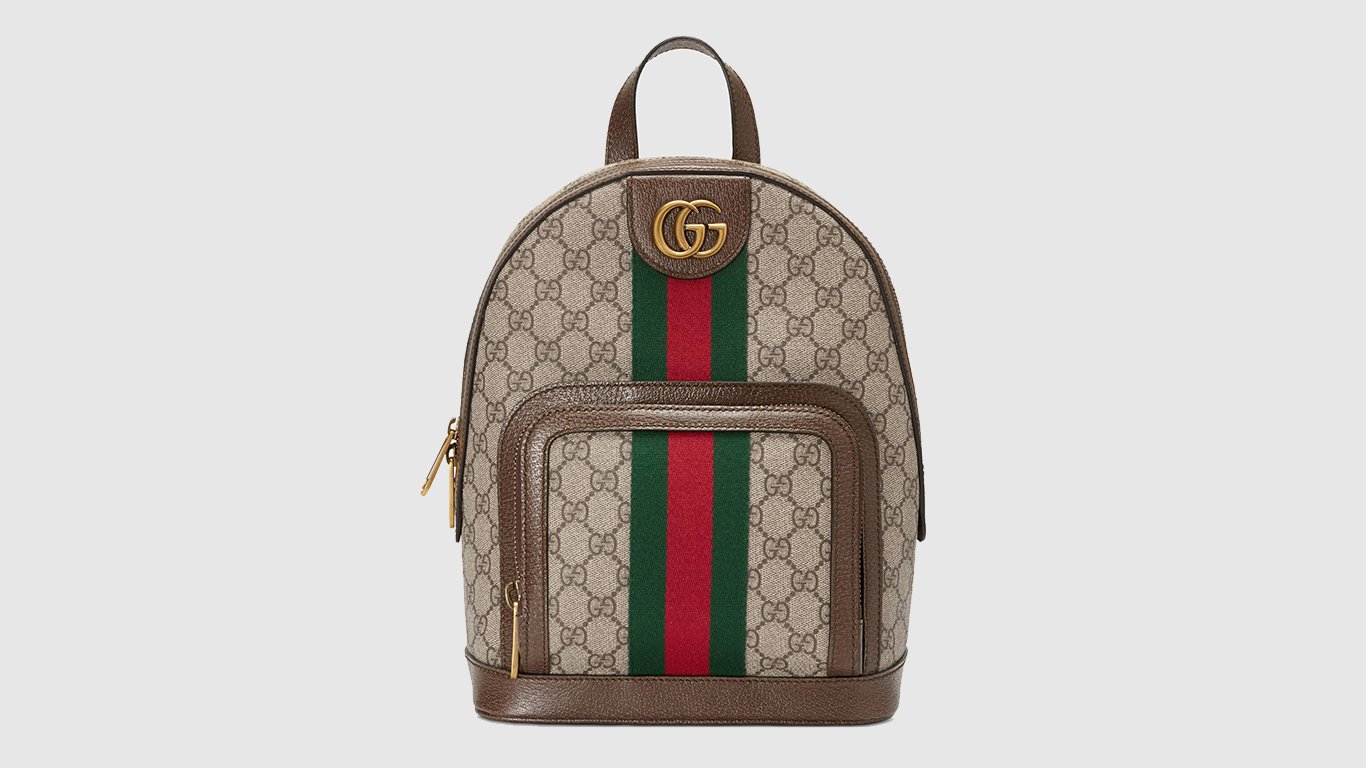
Fashionable backpacks
High-end brands such as Gucci and Prada are catering to aspiring fashionistas. The tony fashion labels create their backpacks from materials such as leather and canvas. Leather is a luxurious material but it comes with a health warning.
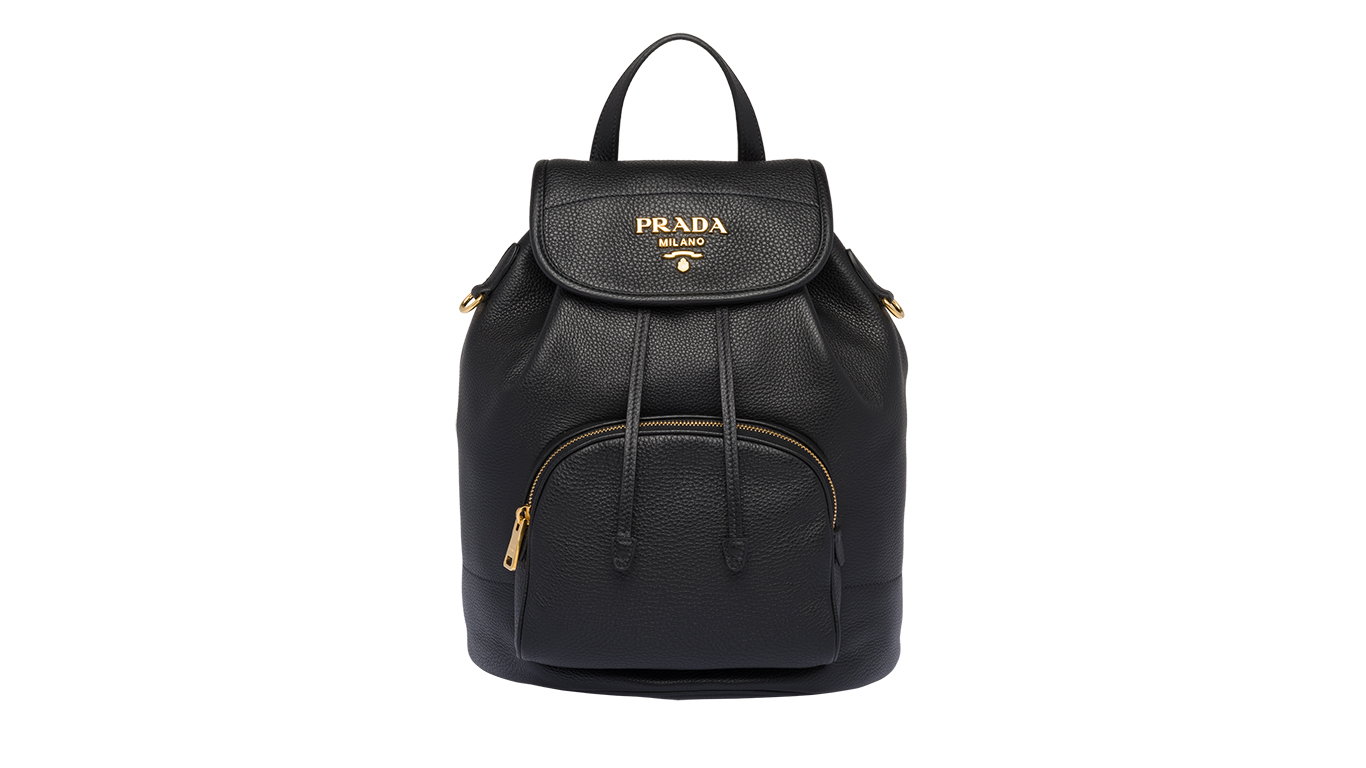
Fashionable backpacks – cont’d
Some studies indicate that leather products may contain elevated levels of the toxic chemical hexavalent chromium, an allergen that can lead to skin reactions like eczema.
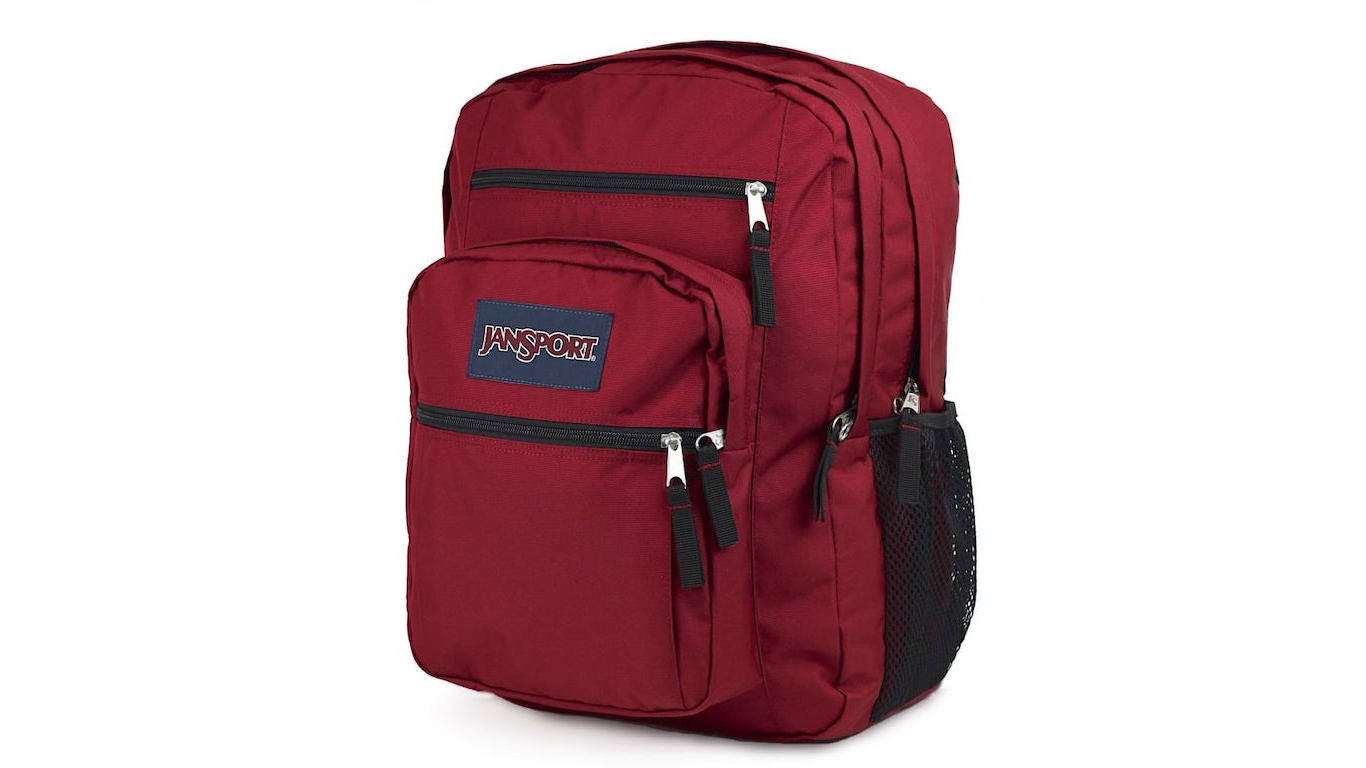
Bigger backpacks
Backpack makers, including L.L. Bean and JanSport, began making bigger backpacks in the late 1980s, with deeper pockets and more compartments.
[in-text-ad-2]
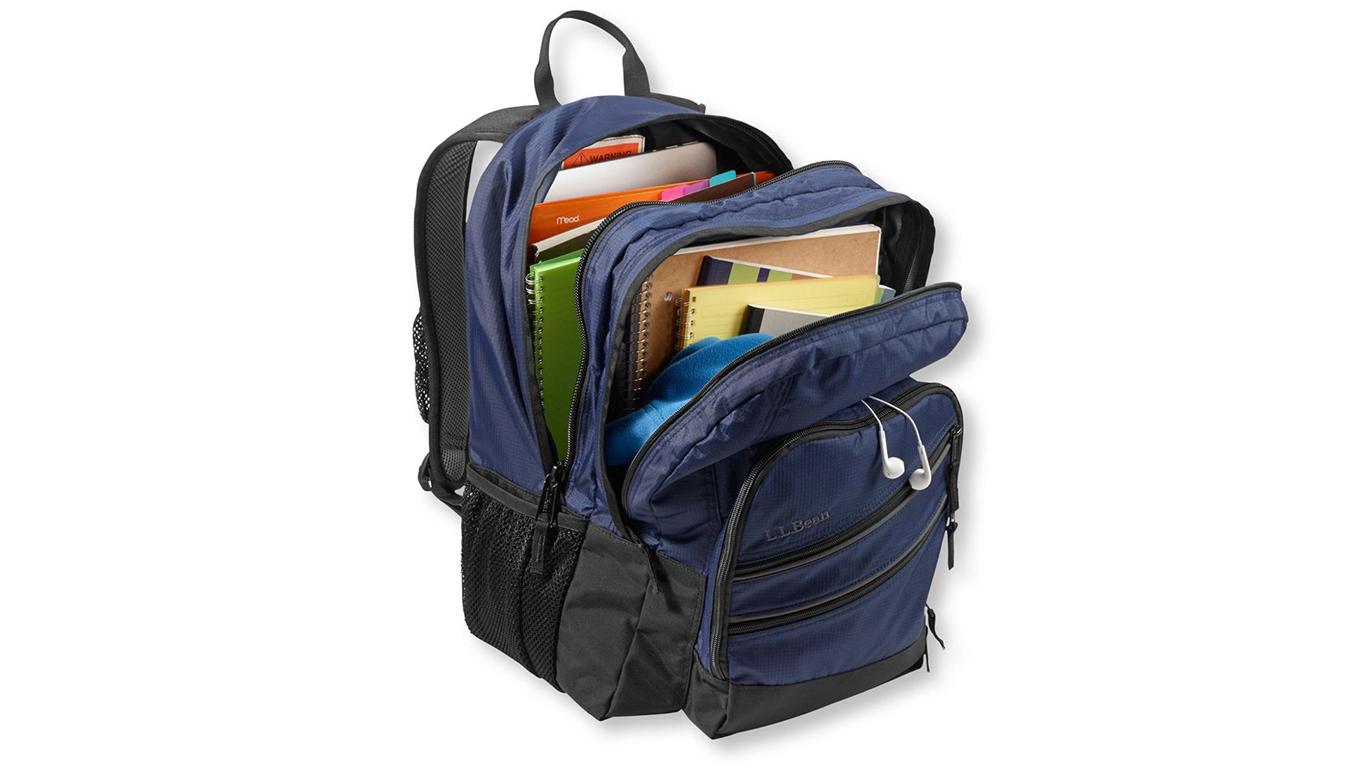
Bigger backpacks – cont’d
However, health experts cautioned against students putting too much weight in one compartment. Multiple compartments helped distribute weight more evenly.
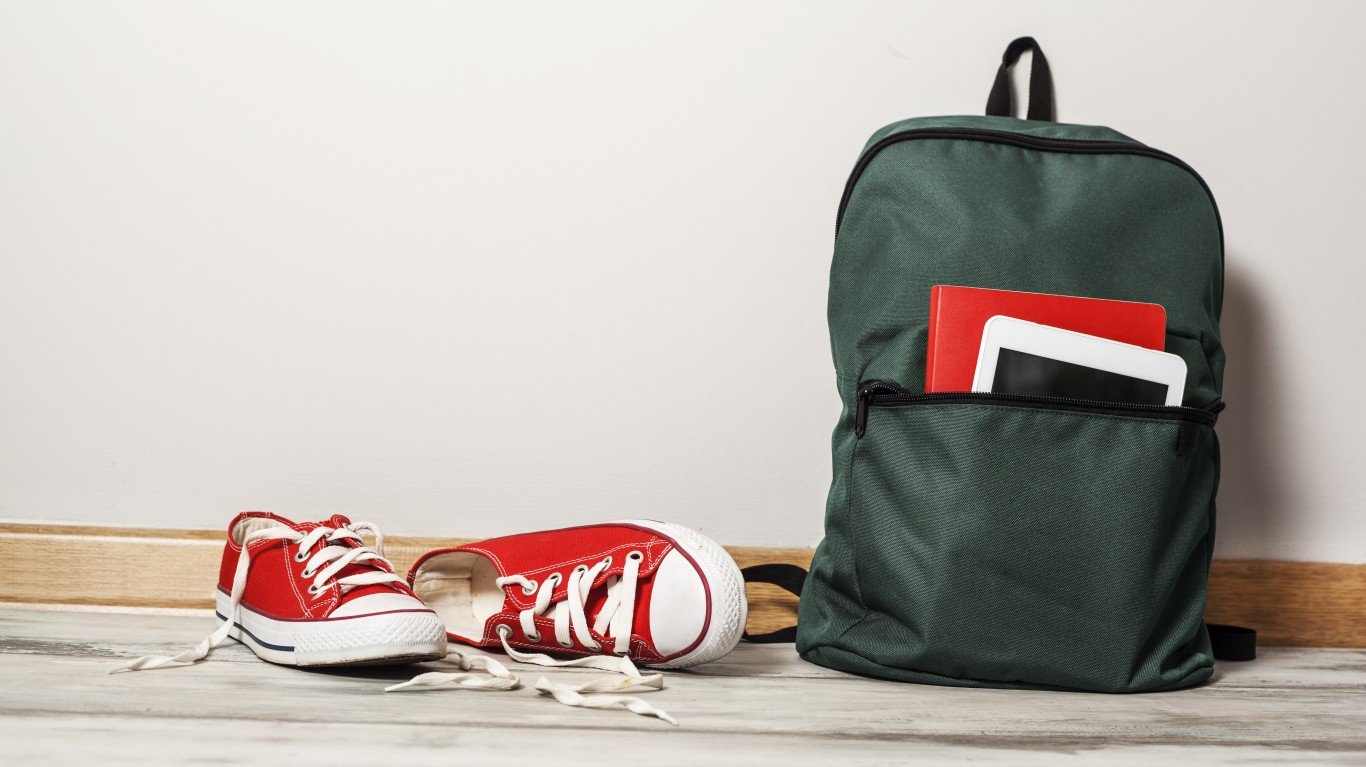
Digital backpacks
Designers are creating sleeker backpacks in response to the transition to the digital age. Students are carrying fewer books and need appropriate storage for their devices.
[in-text-ad]
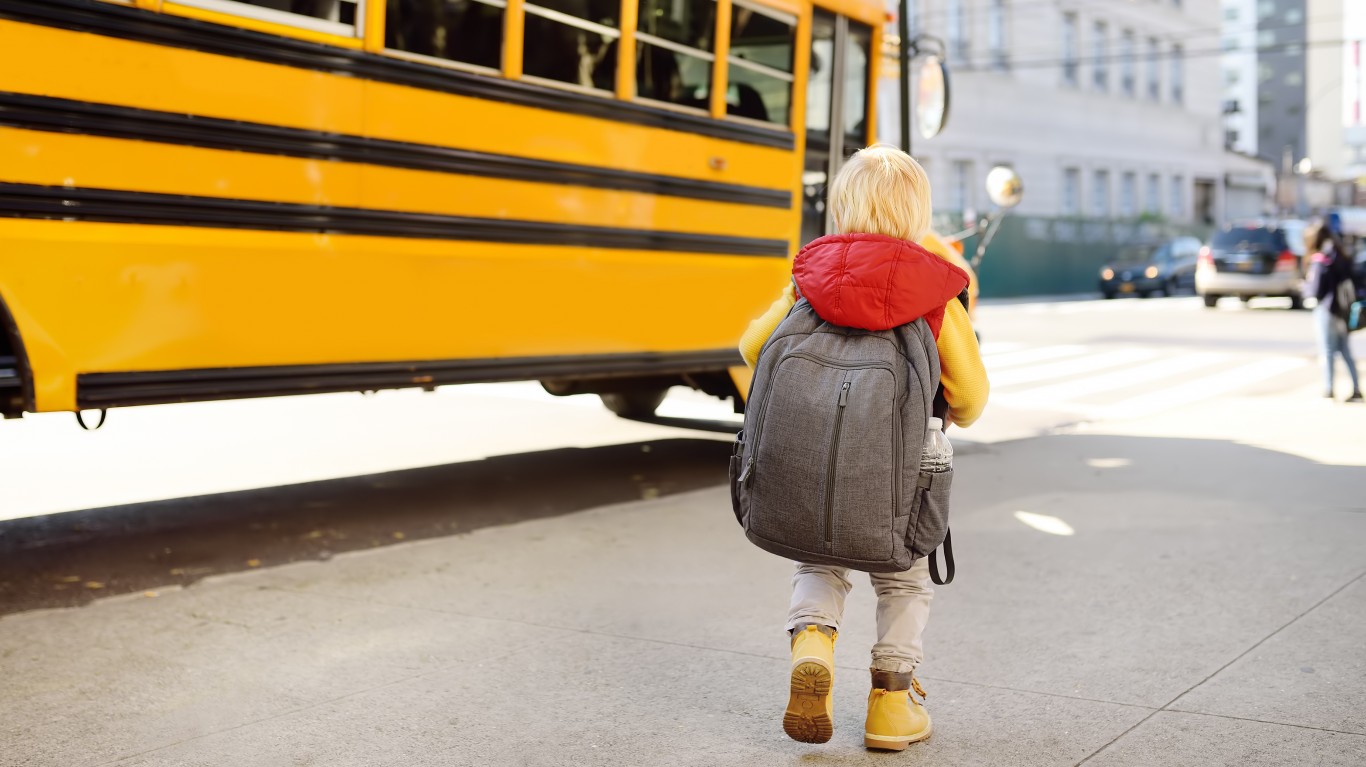
Digital backpacks – cont’d
Though backpacks might be getting sleeker to accommodate technology, the weight of objects such as laptops in backpacks has caused some concern among health experts. They’ve found that backpack loads carried by students during a school day are as much as 40% of their body weight, well above the suggested level of 10%, according to the International Journal of Environmental Research and Public Health.

High tech, high anxiety?
For the students who plan to step way up in technology class, the high-tech backpacks of today seem like the backpacks of tomorrow.
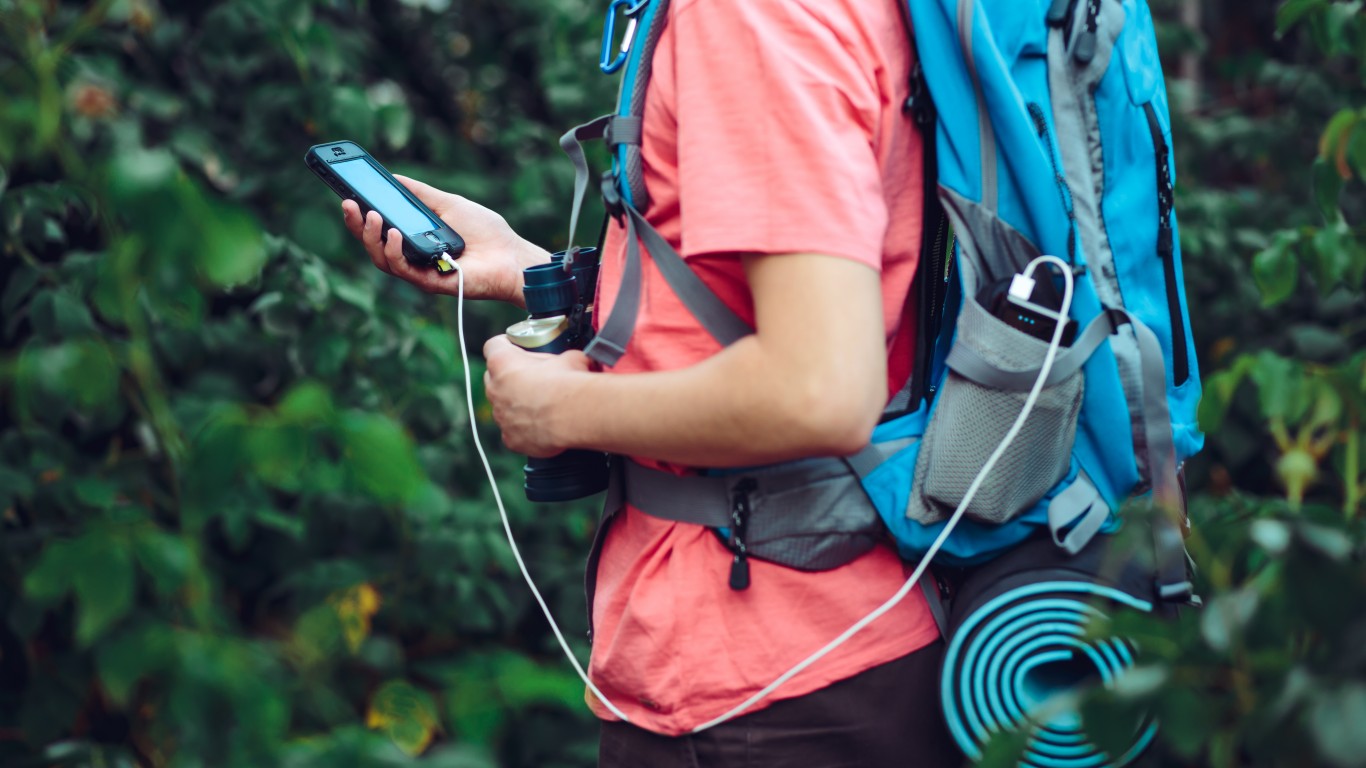
High tech, high anxiety? – cont’d
These backpacks feature padded laptop/tablet pockets, charging ports, durable materials like ballistic nylon, and smart sensors.
Methodology
To find out what school backpacks looked like the year you were born, 24/7 Tempo reviewed a variety of media sources to compile its list.
Detailed findings
If not worn correctly, backpacks can strain muscles and joints and may cause back pain if they’re too heavy. Experts at the International Journal of Environmental Research and Public Health suggest students carry no more than 10% of their body weight. Overloaded backpacks can pull a student backward, so to compensate, the student bends forward at the hips. This can cause the spine to compress and the shoulders to become rounded and can lead to shoulder, neck, and back pain. Carrying a heavy backpack also increases the risk of falling.
Students are advised to buy backpacks with two wide, padded straps and consider one with a waist belt. Backpacks should be packed with the heaviest items closest to the back. Item weight should be distributed evenly.
Essential Tips for Investing: Sponsored
A financial advisor can help you understand the advantages and disadvantages of investment properties. Finding a qualified financial advisor doesn’t have to be hard. SmartAsset’s free tool matches you with up to three financial advisors who serve your area, and you can interview your advisor matches at no cost to decide which one is right for you. If you’re ready to find an advisor who can help you achieve your financial goals, get started now.
Investing in real estate can diversify your portfolio. But expanding your horizons may add additional costs. If you’re an investor looking to minimize expenses, consider checking out online brokerages. They often offer low investment fees, helping you maximize your profit.
Thank you for reading! Have some feedback for us?
Contact the 24/7 Wall St. editorial team.
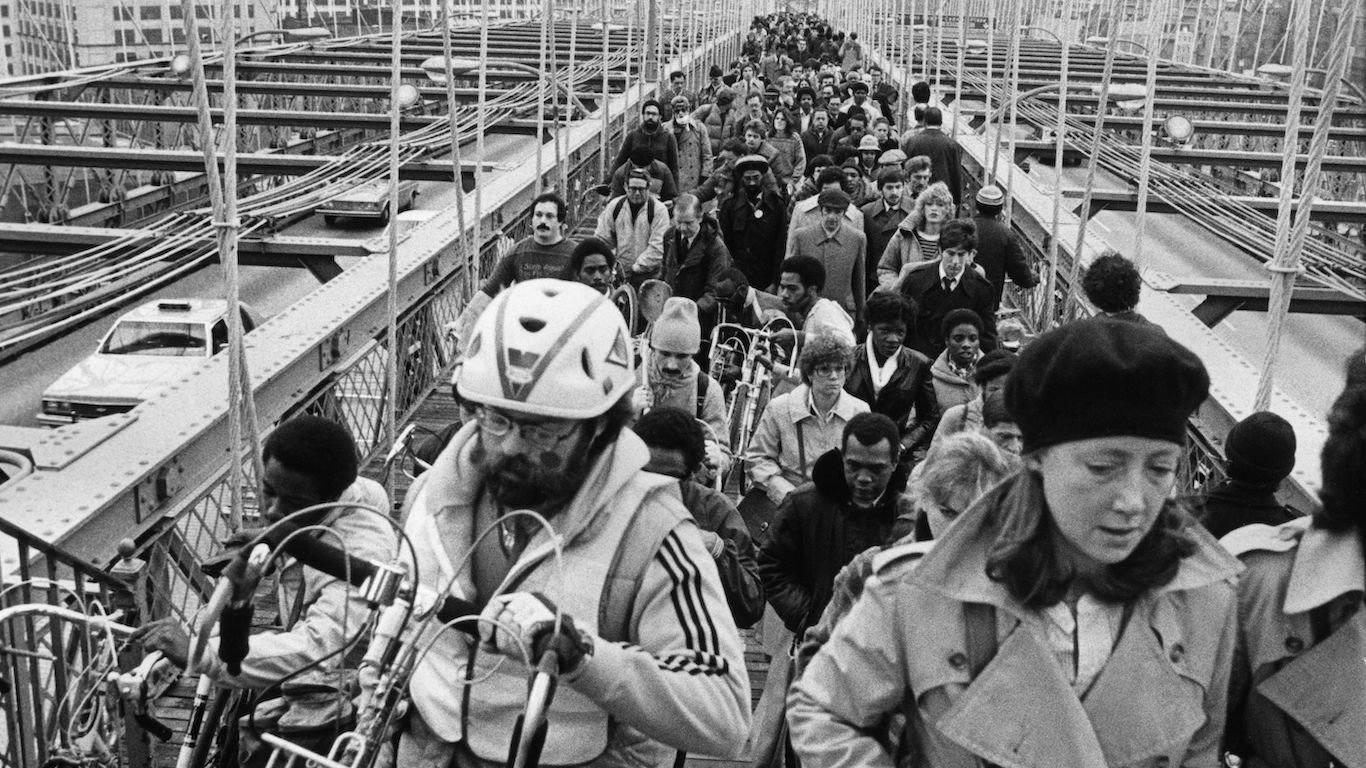 24/7 Wall St.
24/7 Wall St.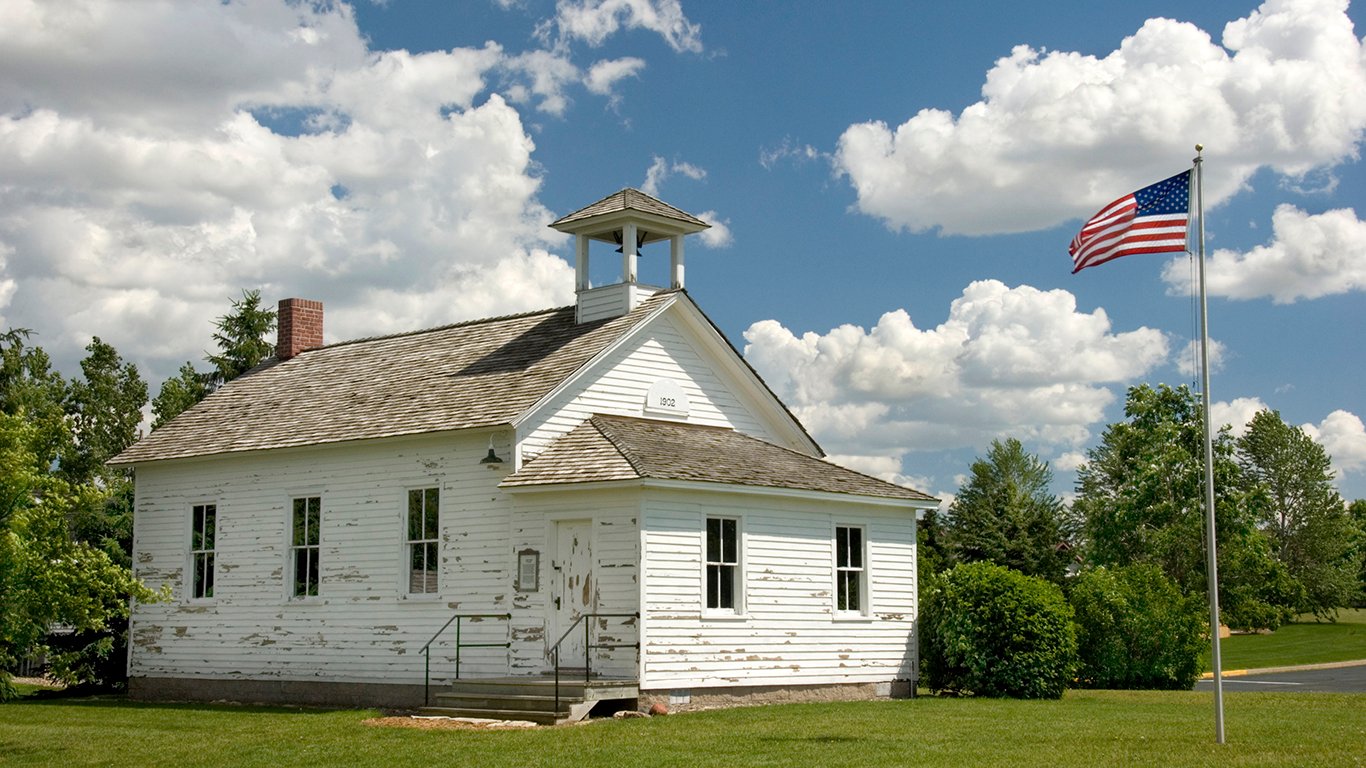 24/7 Wall St.
24/7 Wall St.